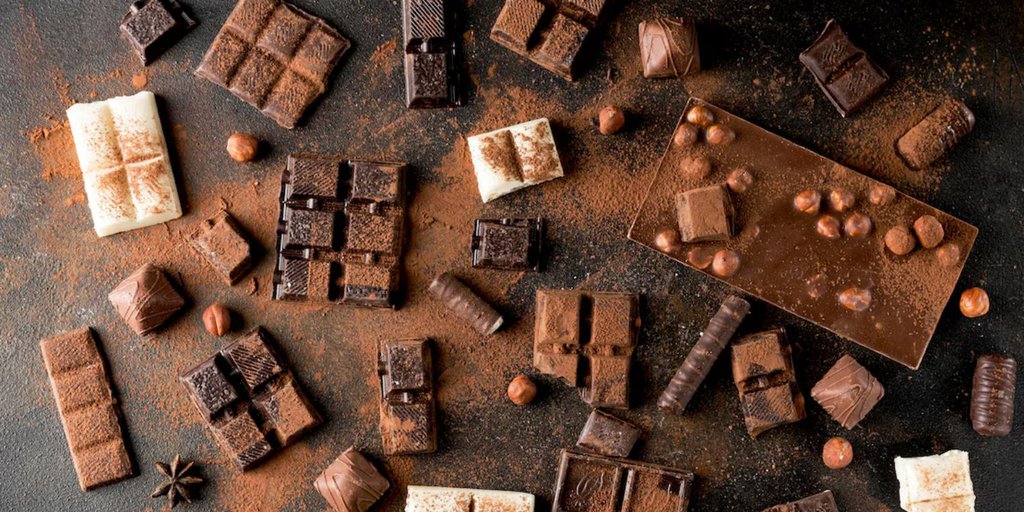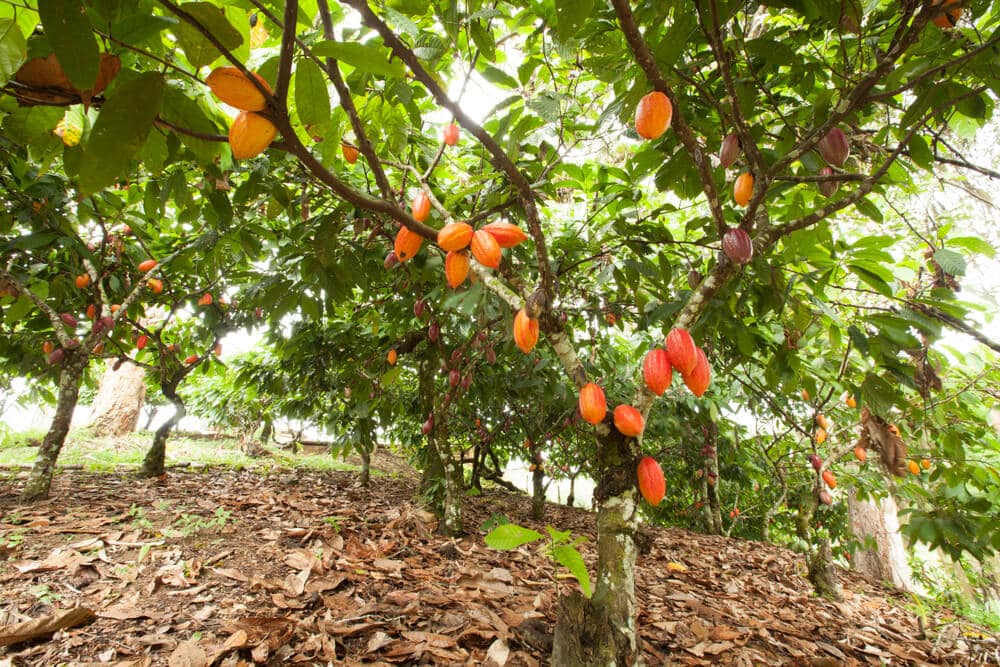
Chocolate is a treat that many people around the world associate with happy memories and delicious desserts. However, not many know that it’s the product of a cacao tree fruit. In its basic form, it will taste both bitter and dry. However, once it has been fermented, dried, roasted, and combined with some cream and sugar, it becomes the tasty treat we all know and love.
Where Chocolate Comes From
Cacao trees can only be found in tropical climates, typically in Central and South America. It was in the 18th century that Europeans learned about this delicacy, and the craze was born. Everyone soon jumped on the bandwagon and established plantations in other parts of the world. Today, 80% of the world’s cacao production occurs in Ghana, Nigeria, Côte d’Ivoire, Brazil, and Indonesia.
The large and lumpy fruit of the cacao tree is full of sour seeds nested in white pulp. These must be harvested manually and then opened to remove the cocoa beans. The beans are placed to ferment in covered trays. The beans are left to dry once the fermentation process has been completed.
Production and Different Types
Once all of the above has been completed, the dried-out beans will be transported to the chocolate factory, and we don’t mean Willy Wonka. This involves them being roasted in a rotating oven, which helps to bring out the delicious flavor while removing the beans from their hulls. The bean leftover at the end is referred to as a nib, which is the part that everyone eats.

The three categories are dark, milk, and white chocolate, although many debate over whether white chocolate should even be called so since it doesn’t contain any chocolate liquor. A new category called ruby chocolate was introduced in 2017 after a company created a new type that tastes a bit lighter and less sweet than milk chocolate.